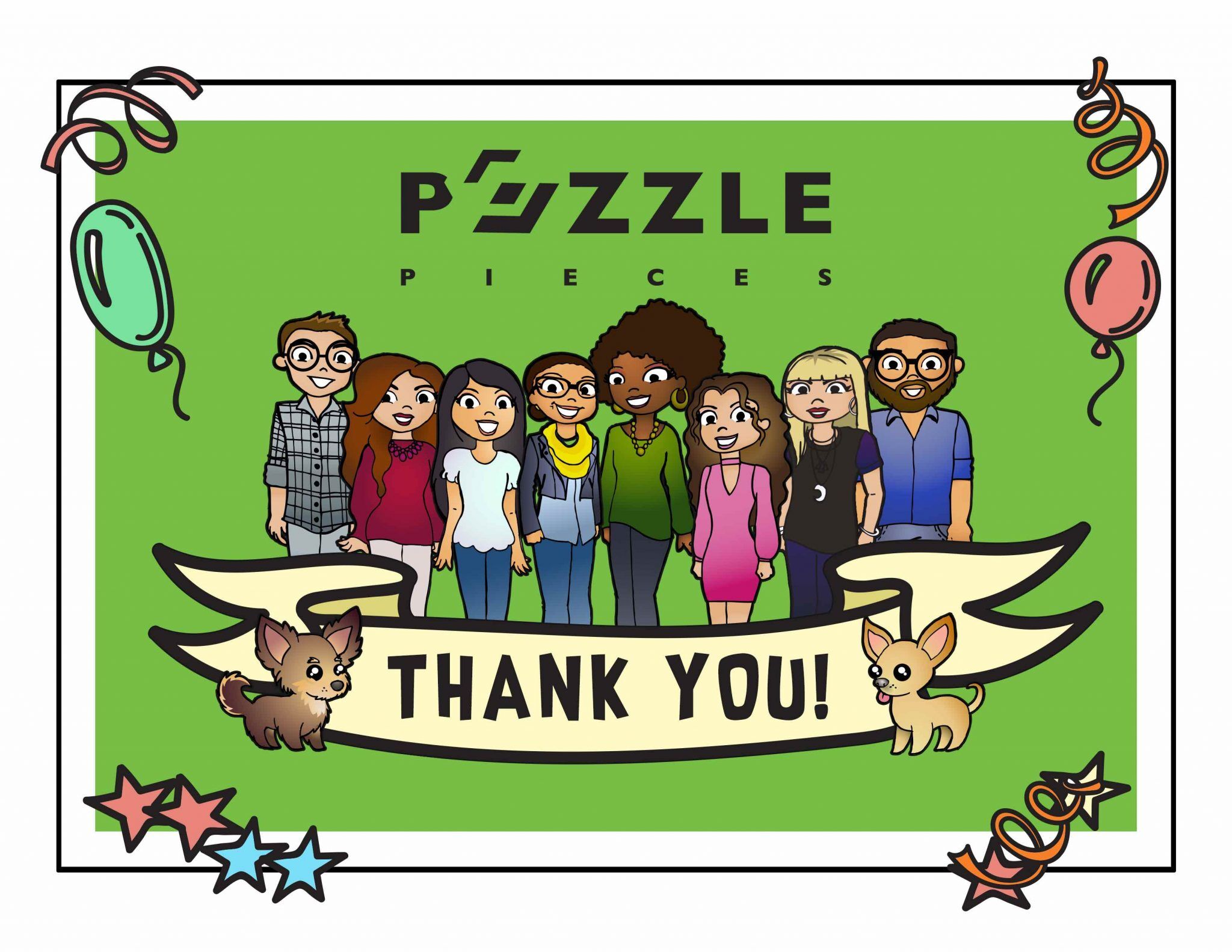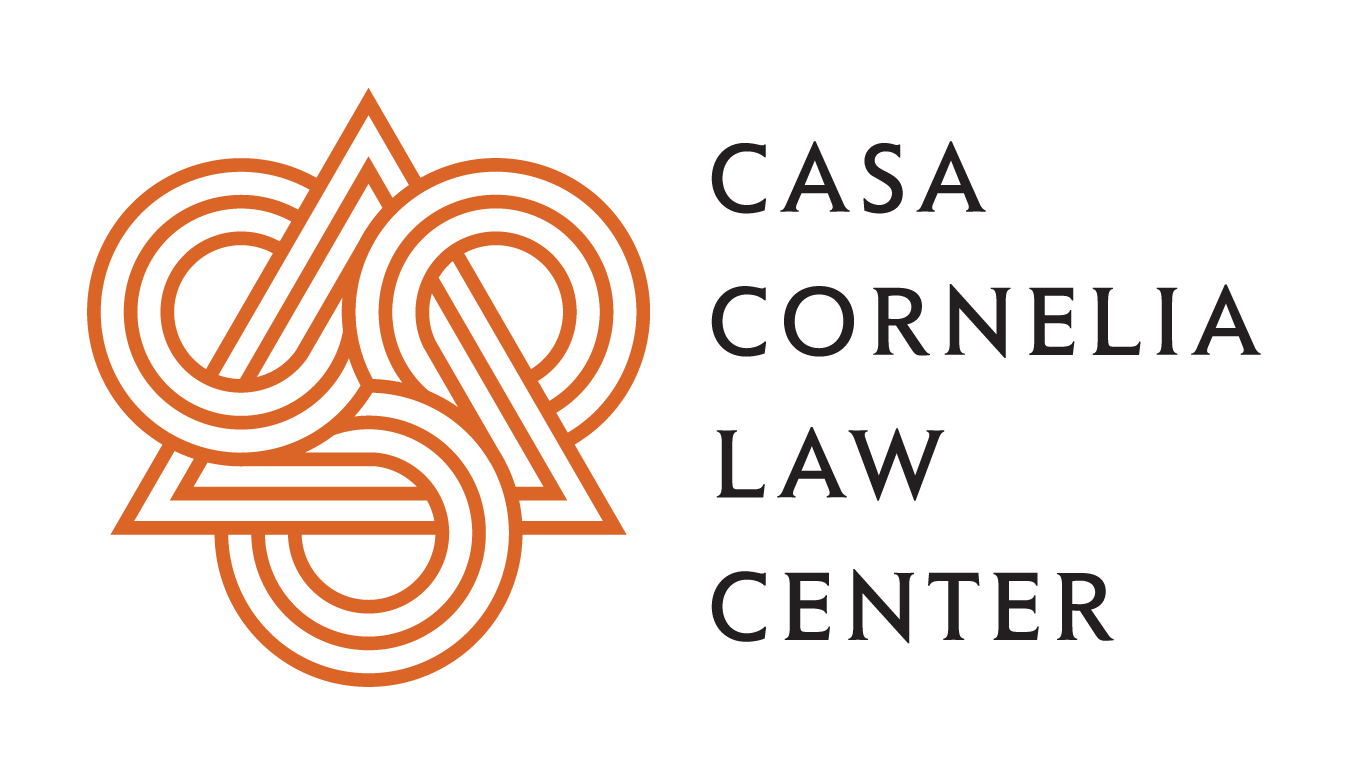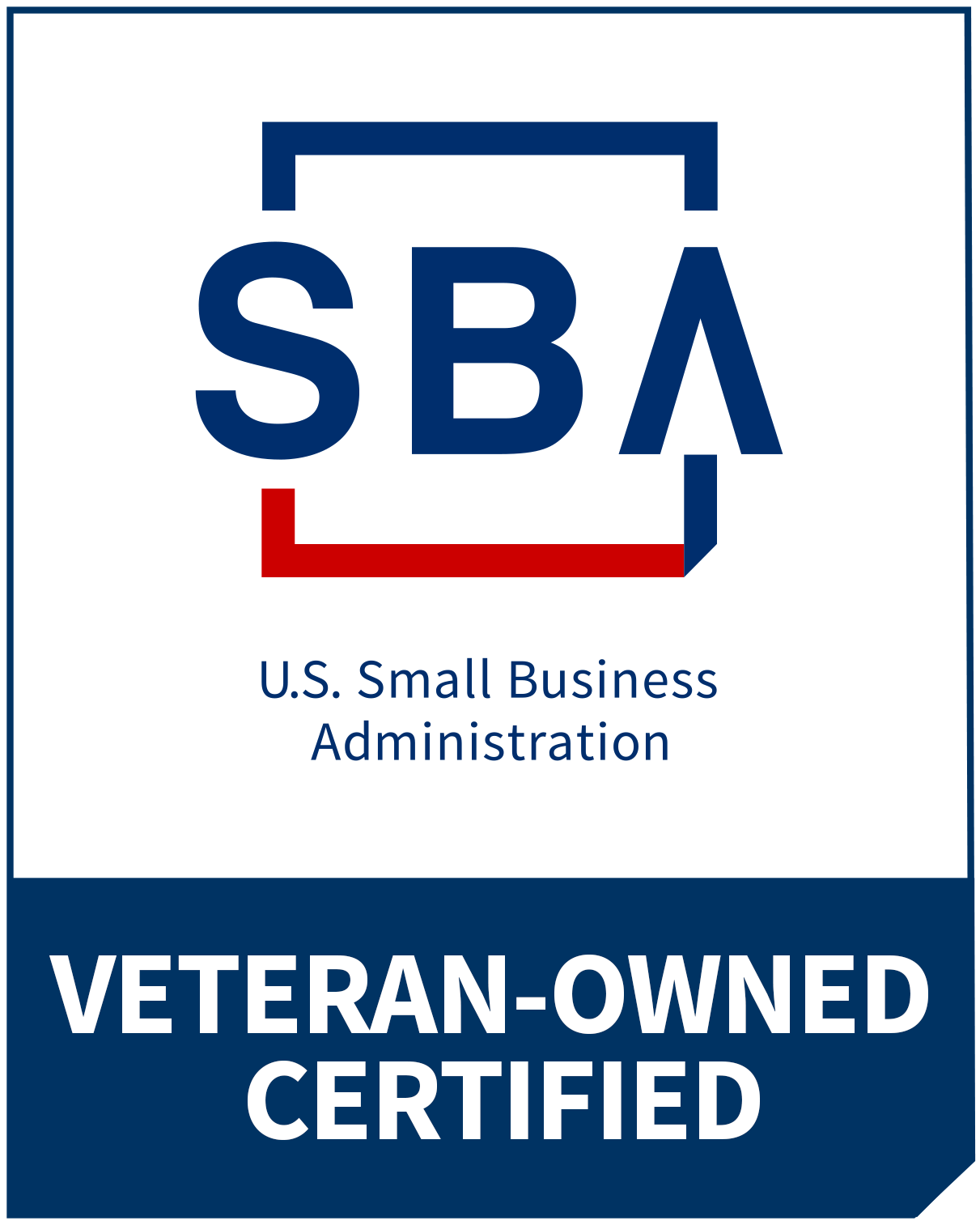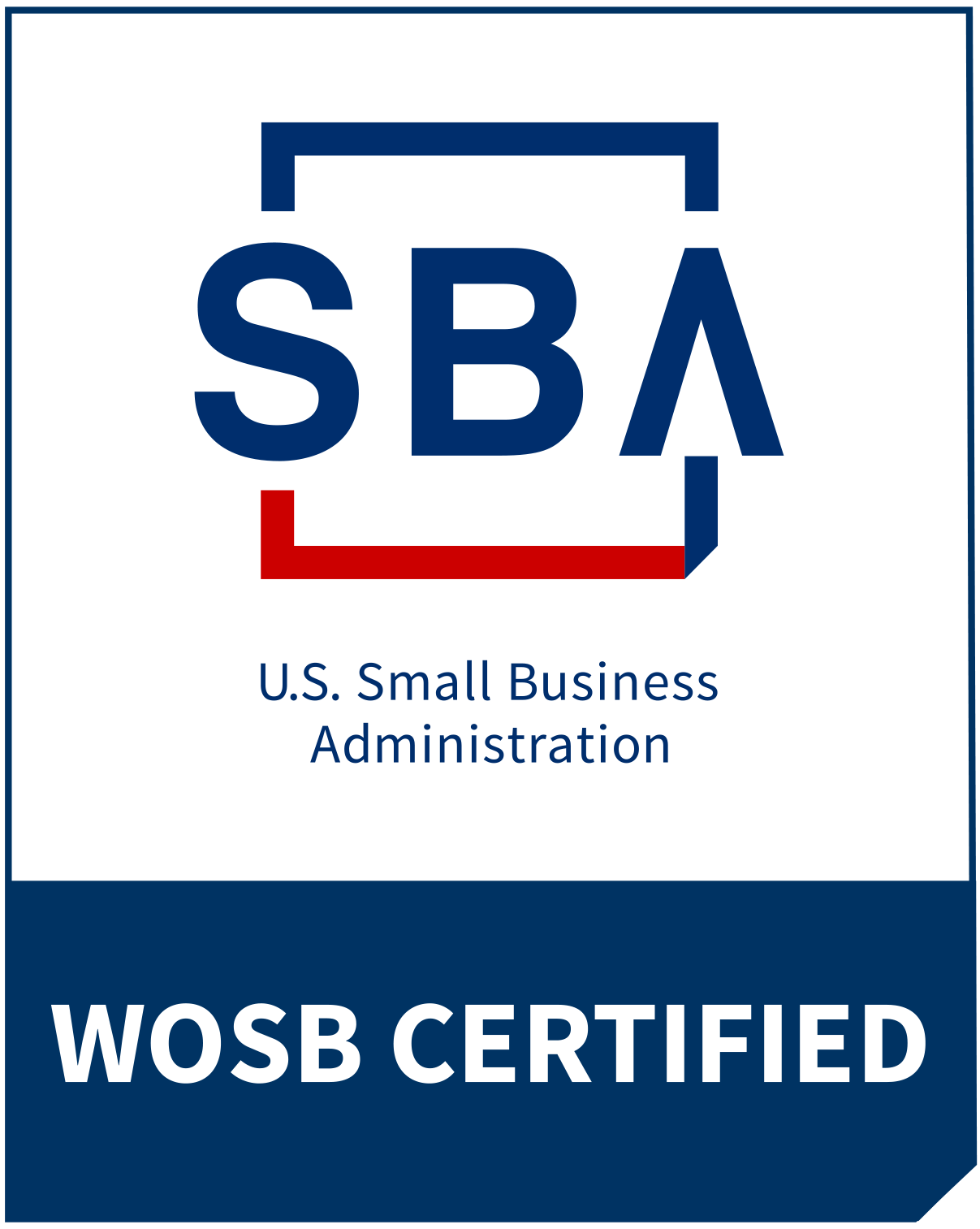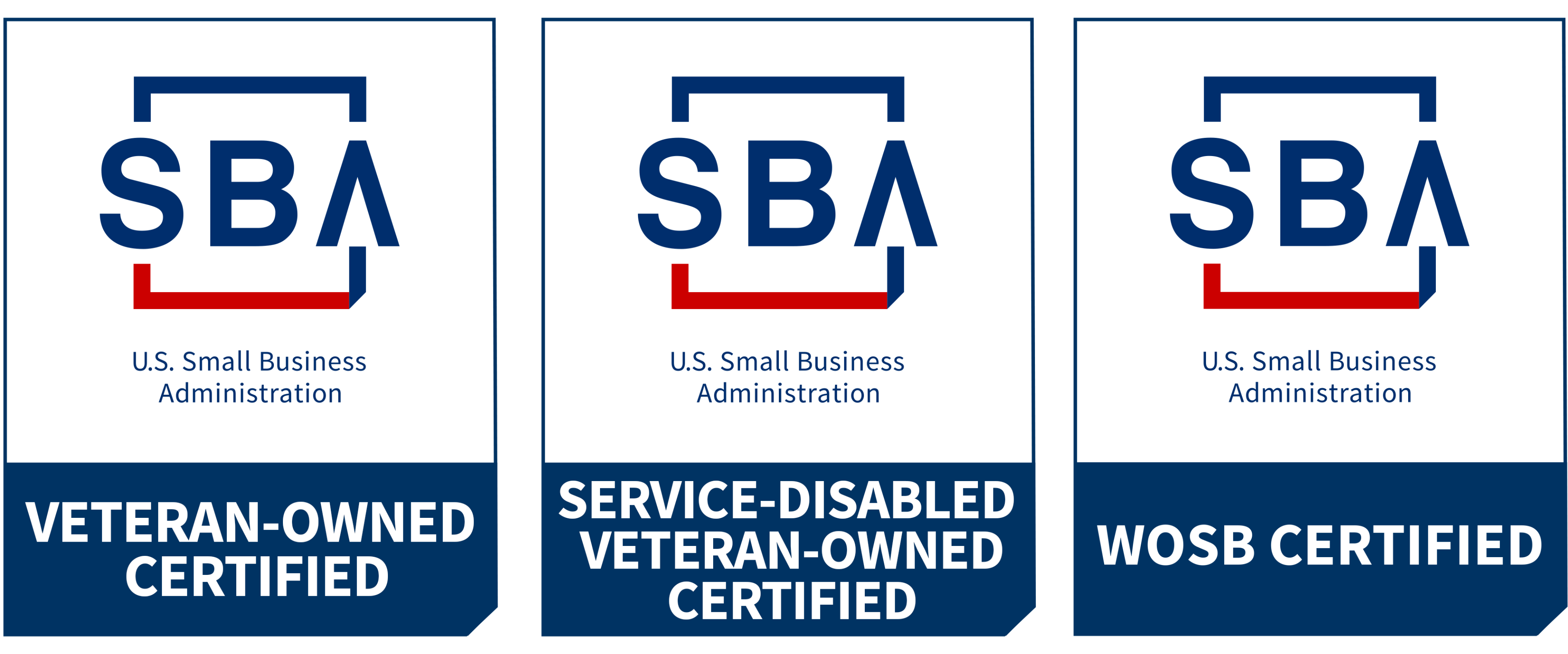Here Are 10 Critical Elements You Need To Get Right
For Launching a New Website
Launching a website isn’t something to be taken lightly. Though you’ll have plenty of opportunities to make alterations and respond to feedback, a rocky start will set a bad precedent and put you in a tricky situation at a time that’s already complicated enough.
That’s why you must set aside enough time (and commit the effort) to fully prepare your website to not only prove adequate on deployment but actually thrive. Fortunately, despite the broad complexity of a website, you can get most of the way there by concentrating on certain common elements and ensuring that they measure up to the competition.
In this piece, we’re going to look at 10 critical elements that demand high priority. Cover them all in your preparation, and you’ll have a great chance of making fast progress when you go live.
Images
We respond far faster to images than we ever do to text, and in the hectic online world, your website may only have a fraction of a second to grab (or secure) someone’s attention before they drift elsewhere. Your images need to be relevant to the content and purpose of your website, high-quality (crisp, high-resolution, correctly formatted), and in keeping with the general aesthetic you’re using.
Loading speed
The level of competition that makes images vital also grants loading speed paramount importance — in fact, if a page fails to load quickly enough, visitors who decide to go elsewhere will then be reluctant to ever try your website again. Use a good hosting platform, compress all your images suitably (use something like TinyPNG), and cut down on unnecessary features. And remember that a lot of visitors will be using mobile data connections, so don’t just test on Wi-Fi: test using average mobile data speeds.
Mobile responsiveness
Online search has been rapidly shifting to mobile platforms over the last decade, and it’s now mobile-dominant, meaning that (in most industries) it’s most likely that any given visitor will be using a mobile device. Your website needs to look good (and work well) on a touchscreen of any size within the standard range — any highly-rated CMS today will default to mobile-responsive themes, but make sure that you actually test your website on a variety of smartphones.
Headings
Headings lend context to your pages, and that context is invaluable to both visitors and search engines. Consider all the people reading your pages on small mobile screens — without clear headings (and appropriately-brief paragraphs), they’ll find it difficult to parse what you’re saying. Each heading should clearly set up the content that follows it (“Headings”, for instance, told you that this paragraph would be about headings).
Creative copy
Even if you get all the formatting right when it comes to your text, you still need to have something interesting and/or valuable to say. You should aim for a strong and natural-sounding blend of high-priority topical keywords and creative experimentation. The keywords are necessary for SEO, and the creativity is necessary for establishing a brand identity. Take inspiration from comparable pages, certainly, but find a way to go in a new direction.
Color scheme
You won’t always consciously notice a great color scheme, but you will always notice a bad one. Think about contrast and connotation: the former is essential for helping readers figure out the layout of your website, and the latter can seriously undermine your efforts to establish a theme (for instance, styling a website all about the natural world with neon colors will result in a tonal mismatch). Choose colors that provide clarity (particularly for your text).
Navigation
Menus are even more important on mobile devices than they are on desktop computers. A good menu will anticipate the needs and assumptions of the visitor, giving the most important sections top prominence and using terms they’ll be familiar with (carry out keyword research and consult your target audience to identify the terms they’re most likely to search for). If your navigation is confusing or incomplete, the visitor is likely to feel lost and end up going elsewhere.
Social sharing links
The role of social media in influencing traffic should not be underestimated. Not only do social media links and messages drive direct referrals, but they also provide cues for search engine rankings. It should be extremely simple for a visitor to share any given page on Twitter, Facebook, Pinterest, Instagram, etc. — if your CMS allows extensions, look for one that adds social sharing buttons to every page.
Domain name
Often overlooked, the domain name of your website deserves some thought. Whether they type it into the URL bar or use it in a search, your visitors (and anyone familiar with your brand) will associate it with you for a long time. You should try to find a domain name that’s no longer than necessary, simple, easy to remember, and (ideally) using one of the primary keywords you’re targeting with your website.
Page titles
The title of a page (also known as a meta title) gives a clear indication to search crawlers of what that particular page is intended to accomplish. When a search crawler indexes your site, it will use the page titles as indications of how it should interpret the page content (a page titled “Guide to Website Marketing” will naturally be expected to contain actionable advice about website marketing, for example).
These 10 critical website elements will play a large role in determining the success of your new website, so don’t make the mistake of glossing over them in an attempt to get your website live as soon as possible. You only have one chance to make a good first impression, so make the most of it to give your website momentum out of the gate.











